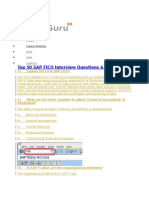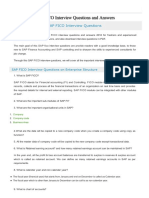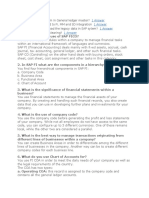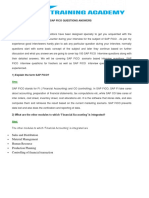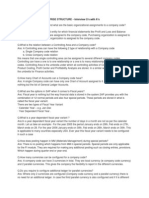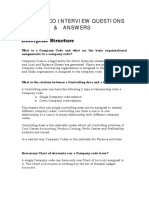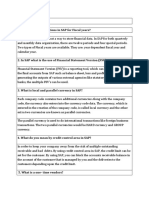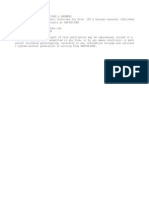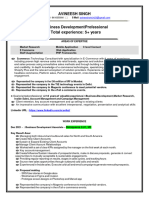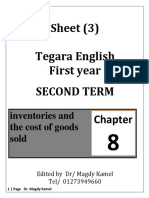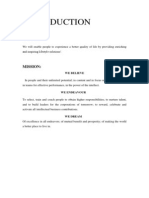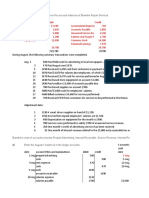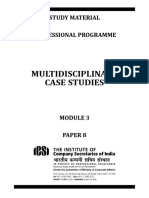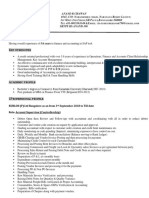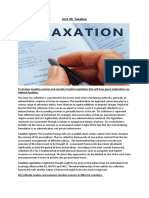0% found this document useful (0 votes)
57 views26 pagesTop 50 SAP FICO Interview Questions & Answers in 2022
The document provides a comprehensive list of the top 50 SAP FICO interview questions and answers aimed at both freshers and experienced candidates. It covers key concepts such as financial accounting, controlling, organizational elements, and various functionalities within SAP FICO, including posting keys, fiscal years, and asset accounting. This resource is intended to help candidates prepare for interviews in the SAP FICO domain.
Uploaded by
NK KumarCopyright
© © All Rights Reserved
We take content rights seriously. If you suspect this is your content, claim it here.
Available Formats
Download as PDF, TXT or read online on Scribd
0% found this document useful (0 votes)
57 views26 pagesTop 50 SAP FICO Interview Questions & Answers in 2022
The document provides a comprehensive list of the top 50 SAP FICO interview questions and answers aimed at both freshers and experienced candidates. It covers key concepts such as financial accounting, controlling, organizational elements, and various functionalities within SAP FICO, including posting keys, fiscal years, and asset accounting. This resource is intended to help candidates prepare for interviews in the SAP FICO domain.
Uploaded by
NK KumarCopyright
© © All Rights Reserved
We take content rights seriously. If you suspect this is your content, claim it here.
Available Formats
Download as PDF, TXT or read online on Scribd
/ 26


